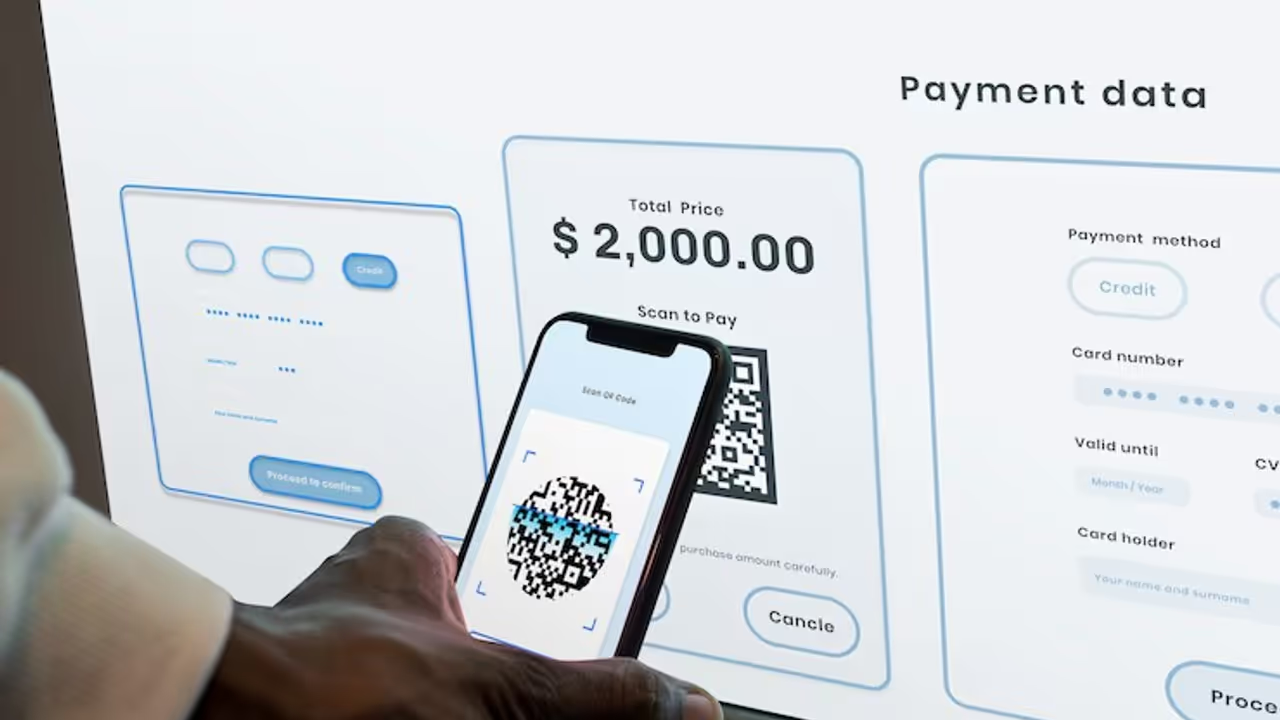The central government has denied social media claims of GST on UPI payments over Rs 2,000, clarifying no such proposal exists. UPI transactions remain GST-free, and the government continues to promote digital payments through incentive schemes.
Amid widespread speculation on social media, the central government has firmly refuted claims that it is planning to levy GST on UPI transactions exceeding Rs 2,000.

In an official statement, the Ministry of Finance and the Central Board of Indirect Taxes and Customs (CBIC) clarified that no such proposal is under consideration, and termed the circulating reports as false, misleading, and completely baseless.
The clarification comes after various posts across social media platforms sparked concern among UPI users, including small business owners and individuals, suggesting that the government was planning to impose Goods and Services Tax (GST) on high-value UPI payments.
Taking to the social media platform X, the CBIC addressed the issue, reiterating that UPI has revolutionized digital payments in India, especially in rural areas, by promoting cashless transactions.
The Ministry stated, "The claims that the Government is considering levying GST on UPI transactions over Rs 2,000 are completely false, misleading, and without any basis. Currently, there is no such proposal before the government.”
The statement further clarified that GST is only applicable to charges such as the Merchant Discount Rate (MDR) in certain payment methods. However, since January 2020, MDR has been abolished for Person-to-Merchant (P2M) UPI transactions through a CBDT Gazette Notification dated 30th December 2019, which also removed any GST liability on such transactions.
No MDR = No GST
Because no MDR is levied on UPI transactions, especially those between individuals and merchants, GST does not apply. The existing regulatory framework continues to encourage the growth and adoption of UPI, aligning with India’s broader goal of promoting digital payments.
Government Is Promoting, Not Taxing UPI
Contrary to misinformation, the Government of India has been actively incentivizing digital payments. Under the UPI Incentive Scheme, significant allocations have been made to cover the cost of UPI transactions for merchants:
- FY 2021–22: Rs 1,389 crore
- FY 2022–23: Rs 2,210 crore
- FY 2023–24: Rs 3,631 crore
These incentives are aimed at offsetting costs for merchants, encouraging wider adoption, and sustaining the rapid growth of UPI usage across sectors.
UPI: A Global Leader in Real-Time Payments
India’s Unified Payments Interface (UPI) has emerged as a global benchmark in real-time digital transactions, both in terms of scale and innovation. According to the National Payments Corporation of India (NPCI):
- UPI transactions in March 2025 reached an all-time high of Rs 24.77 lakh crore, marking a 12.7% increase from the previous month.
- Compared to March 2024, the transaction value increased by 25%, and the transaction volume surged by 36%.
The ACI Worldwide Report 2024 highlighted that India accounted for 49% of all global real-time transactions in 2023, positioning UPI as the world's most advanced real-time payment system.
In terms of fiscal growth, UPI payments skyrocketed from Rs 21.3 lakh crore in FY 2019–20 to Rs 260.56 lakh crore by FY 2024–25. Notably, Person-to-Merchant (P2M) payments accounted for Rs 59.3 lakh crore, demonstrating increasing adoption among small businesses and retailers.


